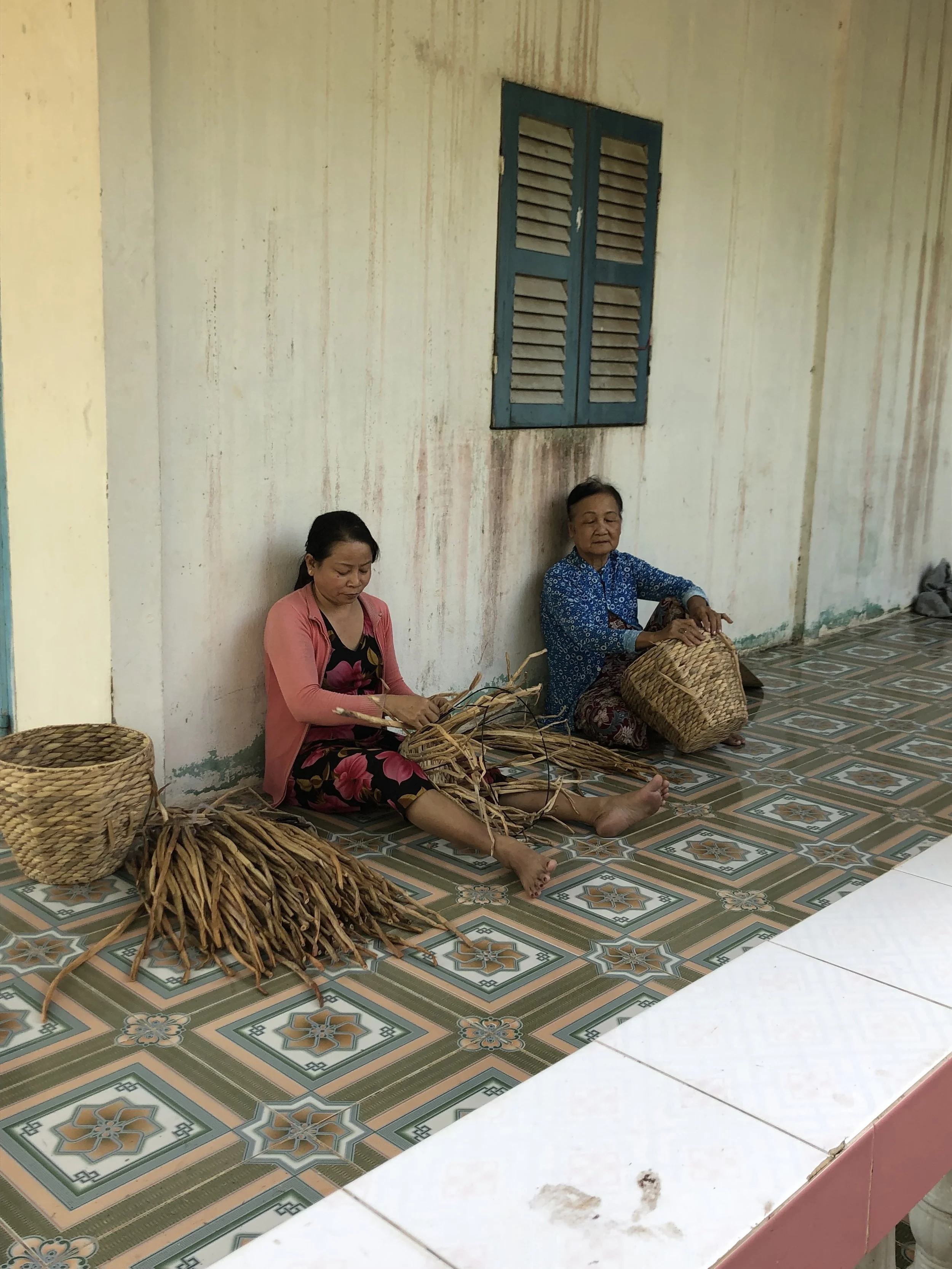Report From Việt Nam -- Part V
/Apologies for the lack of posts for the past several days. I have been out of internet range. I will try to make it up over the next several days.
Here is some history of agricultural production in Việt Nam. My source is the book “Việt Nam: A History from Earliest Times to the Present” by Ben Kiernan. Kiernan is a professor at Yale. The book was published in 2017.
When Ho Chi Minh’s communists gained control of the northern part of Việt Nam in the early 1950s, one of their first significant projects was a systematic “land reform” that included evicting the pre-existing landlords and collectivizing agriculture in the Stalinist model. From Kiernan (page 431):
Led by then-[Việt Nam Workers Party] secretary general Truong Chinh and backed by Ho Chi Minh from the start, [“land reform”] involved two major processes. The first comprised land reform proper, the redistribution to poor peasants of lands held by landlords, “rich peasants,” and even many middle peasants. . . . [T]he results [came] with a high level of violence. Landlords and rich peasants had not merely lost their lands. Thousands were killed, including some of those who formerly comprised 29 percent of the membership of village party committees.
Kiernan provides fewer details, but a similar process took place in the South both before and after the communist victory in the early 1970s. How did that land redistribution and agricultural collectivization work out? . . .
Read More
